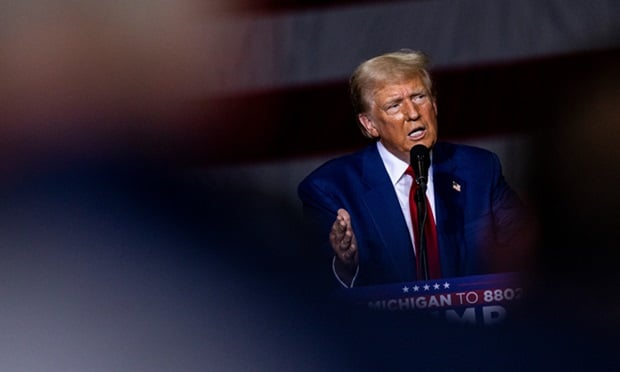The Patient Protection and Affordable Care Act refers to state health insurance exchanges as "American Health Benefit Exchanges." In theory, insurance companies will compete for business on a transparent, level playing field, which should reduce costs and give individuals and small businesses the purchasing power enjoyed by big businesses. However, health reform does many things to increase costs by covering those who are now uninsurable and by increasing mandated benefits. Many predict these factors will far outweigh any efficiencies created by the exchanges and that health insurance prices will increase. If exchanges succeed, they will create the first viable alternative to the group markets for the younger-than-65 population.
1. What happens beginning in 2014?
- Each state is required to create an exchange (a governmental agency or nonprofit organization, established by the state) to facilitate the sale of qualified health plans (QHPs), including federally administered multistate plans and nonprofit cooperative plans. The law requires the Department of Health and Human Services to create an exchange in states that do not set up their own exchanges. However, the health reform law does not provide the federal government with adequate funding to set up or operate federal health insurance exchanges.
- States can create either one exchange to serve both small group and individual markets or separate exchanges for these pools.
- One goal is to facilitate a comparison of available health insurance options by purchasers.
- Standards for qualified coverage must include:
- Mandated essential coverage
- Cost-sharing requirements (deductibles, copayments, and coinsurance)
– Out-of-pocket limitations
– Minimum actuarial value of 60 percent, which means that the policy, on average, pays 60 percent of the costs for essential health benefits and the insured pays the remaining 40 percent. [The coverage levels are Bronze (60 percent), Silver (70 percent), Gold (80 percent), and Platinum (90 percent).]
- Catastrophic coverage for purchasers ages 30 and younger in the individual market.
- States must also create Small Business Health Option Programs, or "SHOP Exchanges," for small employers to purchase coverage. The states can expand the programs to include large employers beginning in 2017.
2. What options can states offer employers?
- Employers can choose any QHP offered in the SHOP in any tier;
- Employers can select specific tiers from which an employee may choose a QHP;
- Employers can select specific QHPs from different tiers of coverage from which an employee may choose a QHP; or
- Employers can select a single QHP to offer employees.
Complete your profile to continue reading and get FREE access to BenefitsPRO, part of your ALM digital membership.
Your access to unlimited BenefitsPRO content isn’t changing.
Once you are an ALM digital member, you’ll receive:
- Breaking benefits news and analysis, on-site and via our newsletters and custom alerts
- Educational webcasts, white papers, and ebooks from industry thought leaders
- Critical converage of the property casualty insurance and financial advisory markets on our other ALM sites, PropertyCasualty360 and ThinkAdvisor
Already have an account? Sign In Now
© 2025 ALM Global, LLC, All Rights Reserved. Request academic re-use from www.copyright.com. All other uses, submit a request to [email protected]. For more information visit Asset & Logo Licensing.








